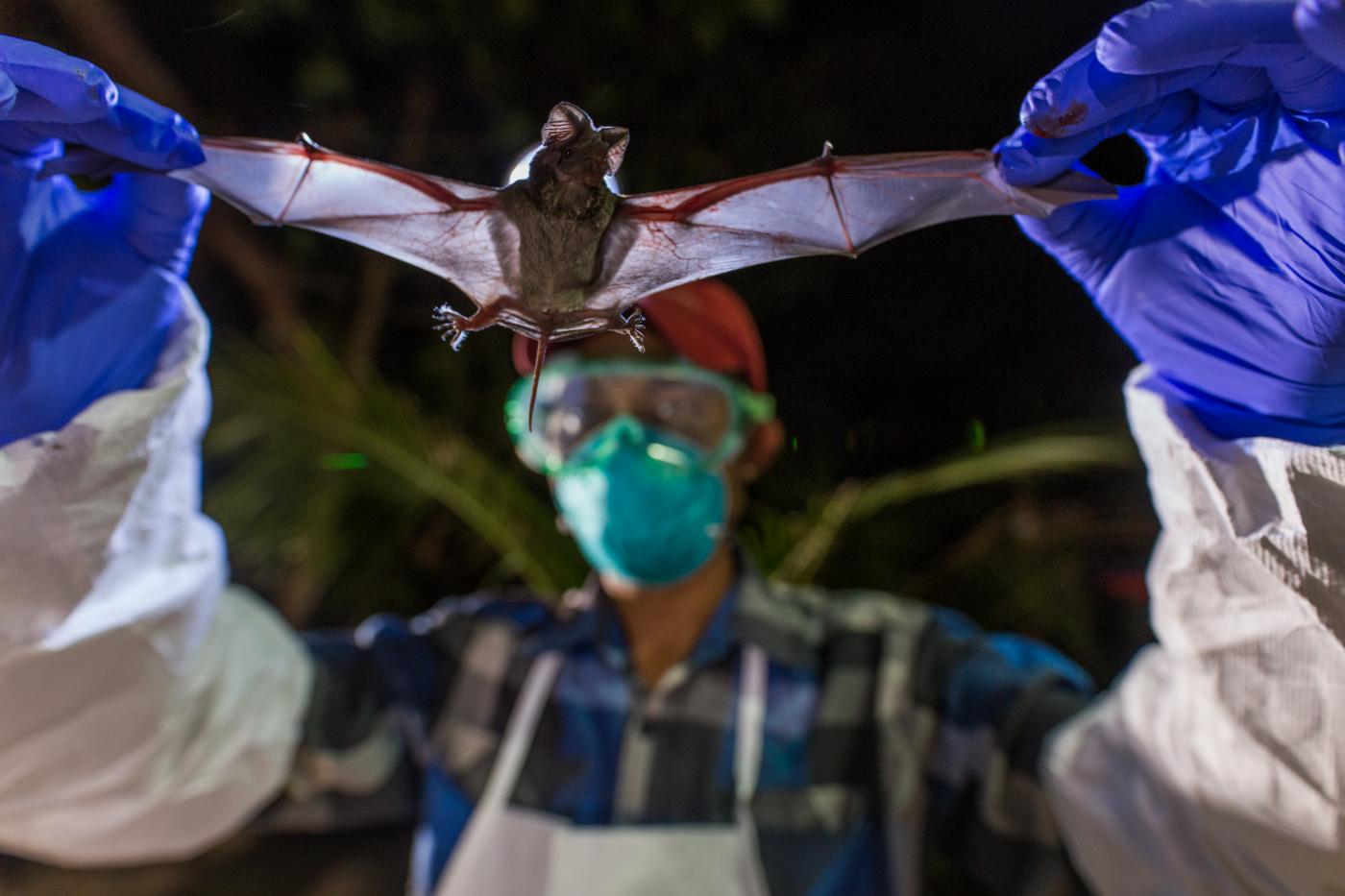A team of scientists have discovered a previously unknown virus in Myanmar, as well as another virus that has previously only been observed in Thailand. The viruses were found in saliva and fecal samples of insect-eating bats. Though they are believed not to be a threat to humans, their discovery is part of a larger effort to detect and monitor other viruses that can move between animals and people.
“This is the first step to understanding what kind of viruses are present in Myanmar’s wildlife populations and lays groundwork for additional work to understand their potential risk to humans and other animals,” said Marc Valitutto, a wildlife veterinarian with the Smithsonian Conservation Biology Institute’s Global Health Program. “We still have hundreds more samples to test, and we expect that we will find more novel viruses.”
The two viruses discovered in Myanmar bats are part of the coronavirus family, which includes pathogens that can be deadly to humans, including Severe Acute Respiratory Syndrome (SARS) and Middle East Respiratory Syndrome (MERS), though they are not closely related.
Smithsonian has partnered with the University of California, Davis, to carry out the PREDICT project, which has studied viruses in bats, rodents, and primates in Myanmar and Kenya.
The PREDICT team now plans to analyze samples from humans from the area where the bats were found to determine how viruses are shared between populations and to identify potential risk factors for viral transmission.
According to Valitutto, the risk of viral transmission from animals to humans rises as human populations encroach on forests.
“We are seeing once pristine forests under threat for increased development, which brings wildlife in these areas in close contact with humans,” he said. “If we can help strategically protect these forests and guide human activity appropriately, then the animals will remain protected, and the people safe from potential spillover of disease. Protecting the forests is a win-win strategy for both humans and wildlife.”





Reader Interactions